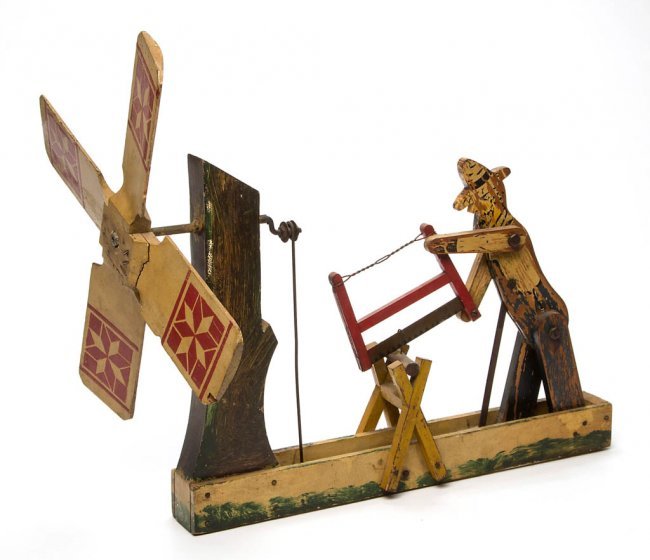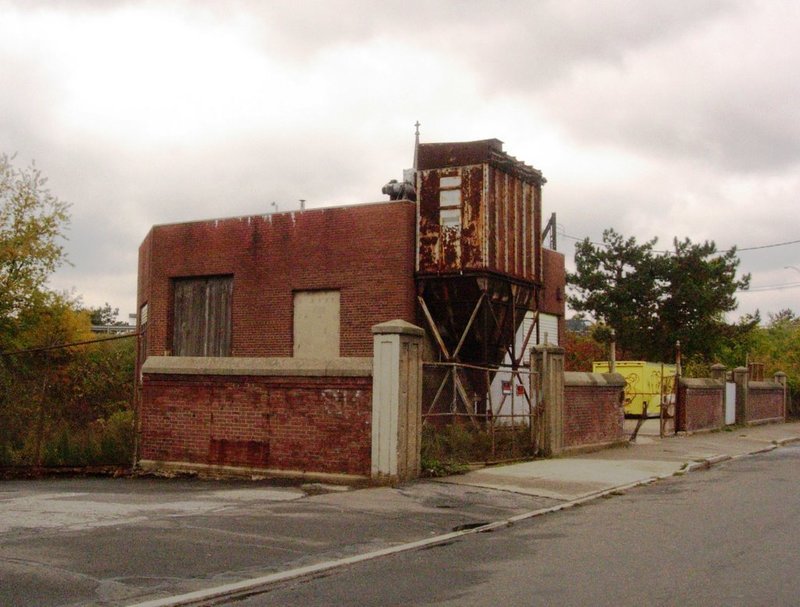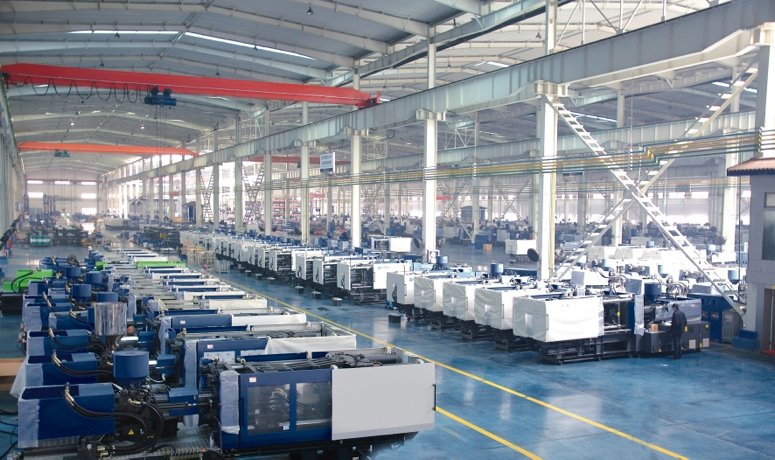
Resistance. It is what keeps us from moving forward in things we want to do. Resistance with yourself and Resistance with others. In my first post, I did not really talk about mindset. It was pretty heavy in how-to. If you missed it, I suggest you read that first HERE.
Half the battle is knowing which path to take. Once you know which direction to go and what to look out for, it is just one foot in front of the other.

Resistance with yourself
I don’t have my own product or don’t know how to make something
No one just starts off with knowing how to make a product. Some people are lucky enough to have gained experience through previous work.
I did not.
If you have zero experience, the best way is to start contacting suppliers and asking questions about the product you are interested in. You will start learning about that product and all the different levels of quality that it comes in. Wanna get into the horse mask craze?

Maybe horse heads are not your thing, try these on for size

Astounding...
You either have an idea of something you want to make OR you have a natural interest in something. You might be selling on Amazon and you understand what sells.That will be your starting point.
The Choice: Off the shelf or custom
Off the shelf means it is a product that already exists and they might even have it in stock. The product the factory makes to sell is what you buy. Usually it will be their own Chinese brand but a lot of suppliers are open to OEM. OEM means you can take the product they make and put your brand name on it. The only changes that could be made here is adding a logo or changing the box it is packed into something more attractive. Some other options will be available from product to product
Example of EOM , they look oddly familiar don't they? Yet branded by three different companies.

If you are making something custom, you should have an overall knowledge of what goes into the product. Making something 100 percent will be expensive and time consuming. You should also have a good idea how it is built. I recommend making your first custom samples in your home country. Sometimes it is more expensive but sending it to China the first time will be a disaster.
If you are trying to get something off the ground now, don't go with your dream. Go with something simple and get a win underneath your belt. Once you understand more, you will be better prepared to tackle that long road.
This is where factory identification and factory evaluation will come in handy.(We will talk in a future post)
You are going to want to find a supplier that already works with the material or product you want to buy or create. Be as close to your original product or idea. It sounds logical but you would be surprised how many people try to fit a square peg in a round hole.
I cannot tell you WHAT to make, you will have to do the research on that.
Resistance from others
I am not happy with the product/ supplier/ action from supplier
Questions we need to ask:
- Are you working with the correct supplier for your needs?
- Do we have clear goals? Are we clearly articulating our goals to the supplier?
There might be some natural conflicts that you are unaware of when dealing with a new supplier.
For example:
Quantity
Your order quantity is 20,000 units , the factory size 1000sq/f ( 100 sqm) and has 15 people. (Small)
Your quantity is attractive to them, but they are not big enough to handle your order in a timely manner.

Something else to note. In the case the supplier is much smaller than your capacity, they could be in a position to fail. This risk of failure is tied to money. Since the supplier is so small, in the case something big goes wrong, they simply do not have the capacity or money to make it right. Pretty much leaving you with nothing and no where to go.
On the other side of the coin. Let's find the biggest and best supplier! Yet we run into problems again. If you are ordering 20,000 units of something and that is the daily output from the factory, this is set up to fail as well.
It is not attractive enough to the supplier to keep their interest.

When things go wrong, there is not a real incentive to fix it. Large China factories are based on economy of scale. Your order does not even move their meter. If you do get into a supplier like this, the common problems may be no customer service and/or when there is a problem they could simply ignore it.
Quality
Everyone has different ideas about quality and it varies from product to product as well. You need to specify what that means to you, your product and your market. A good question to ask the supplier is, “ What is your major export market?” A supplier works with people from all over the world with different quality expectations. What sells in USA, might not sell in Turkey. Being clear on what quality they produce and what you need are vital.
A lot can be found out about the product when you get a sample. Remember we are not getting samples from all ten suppliers we contacted. Just the top three. Once you get a sample in your hands of the product it will help you understand what you are dealing with.
Price
It is not just about high and low. It is important to consider the other factors you require in the product as well. Make sure your price requirement is inline with the quality and quantity you are asking for. I look for an apple to apples comparison when I look at price.
- Does the price match with what I asked for?
- Does the other cheap/ expensive suppliers match your requirement ( This is when people get lured in! They see a cheap price and don't look if the supplier is quoting you on the correct materials and quality!)
- When looking at quotes understand why the supplier is the highest price , understand why supplier is the lowest.
Speed
We are not just talking about how fast something gets made. It is about the complete time from beginning to end. Don't promise your new customer it will be here on X date and don't account for all the other things you need to do. Production time to make your goods maybe 30 days BUT you need to consider the time it takes for you:
- Quote products and qualify ( 7 days )
- Make samples (7- 14 days)
- Receive samples (5 days)
- Make corrections (7-14 days)
- Production time (30 -70 days)
- Possible delays (? days)
- Quality control inspection (1-3 days)
- Reworks to the product IF something is found wrong (? days)
- Then finally shipping time to get to you (30 days by ocean)
For a beginner, a good day is a total of 87 days from concept. Products and factories vary in timelines. This is a good estimate to go with when you are starting.
SHORT CUT? - This time could be significantly cut down if:
- Choose a product the supplier has in stock.
- Ship by express.
From here we go further down the rabbit hole...

Ah, here we are:
- Factory identification
- Factory evaluation
- Negotiation
- Contracts in China
- Quality control
- Managing production before purchase order
- Managing production after purchase order
- Logistics
I know i keep saying this over an over

BUT
Quality – Figure out what level of quality you are looking for in your product
Quantity – Doing MOQ ( minimum order quantities) or your orders are much bigger
Price – Is price the most important factor for you?
Speed – What is your timeline? Have you calculated the time you need and does it match with what the supplier can give you?
I am going to throw something new at you…
You need to only pick two that are most important to you. Because you CANT have all four. Two is likely , three is a rare and four is a Unicorn.
You want HIGH quality product, at a LOW quantity and you want it CHEAP? Not going to happen.
You want HIGH quality product, at a HIGH quantity to get the COST SAVINGS you are looking for but will not be cheap.
CHEAP products will be LOW quality products at HIGH quantities. Here are some examples:

You want HIGH quality product, at a HIGH quantity and you want it FAST?
Possible but If you meet a supplier who says they can do it faster then everyone else, I would be cautious.
That is it for now. I will talk more about the 8 items above soon. Until then, enjoy the strange journey .
